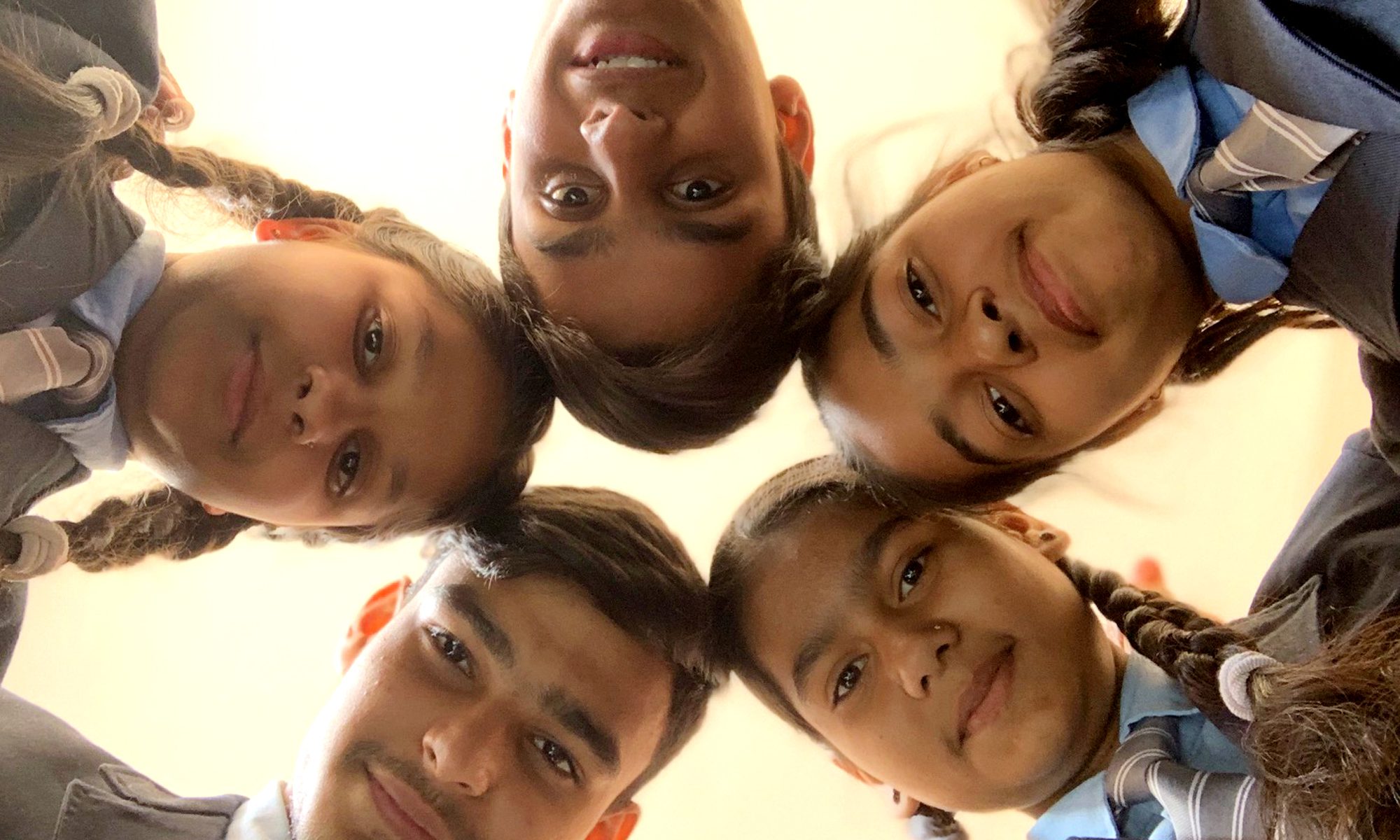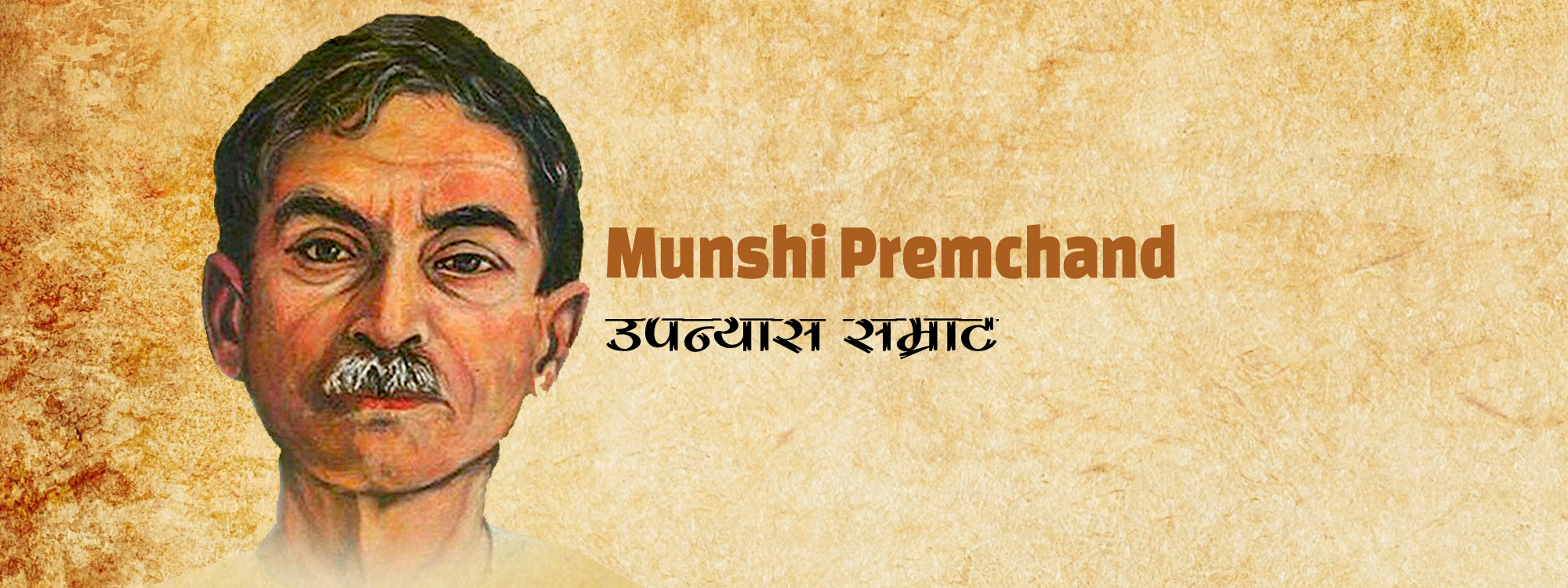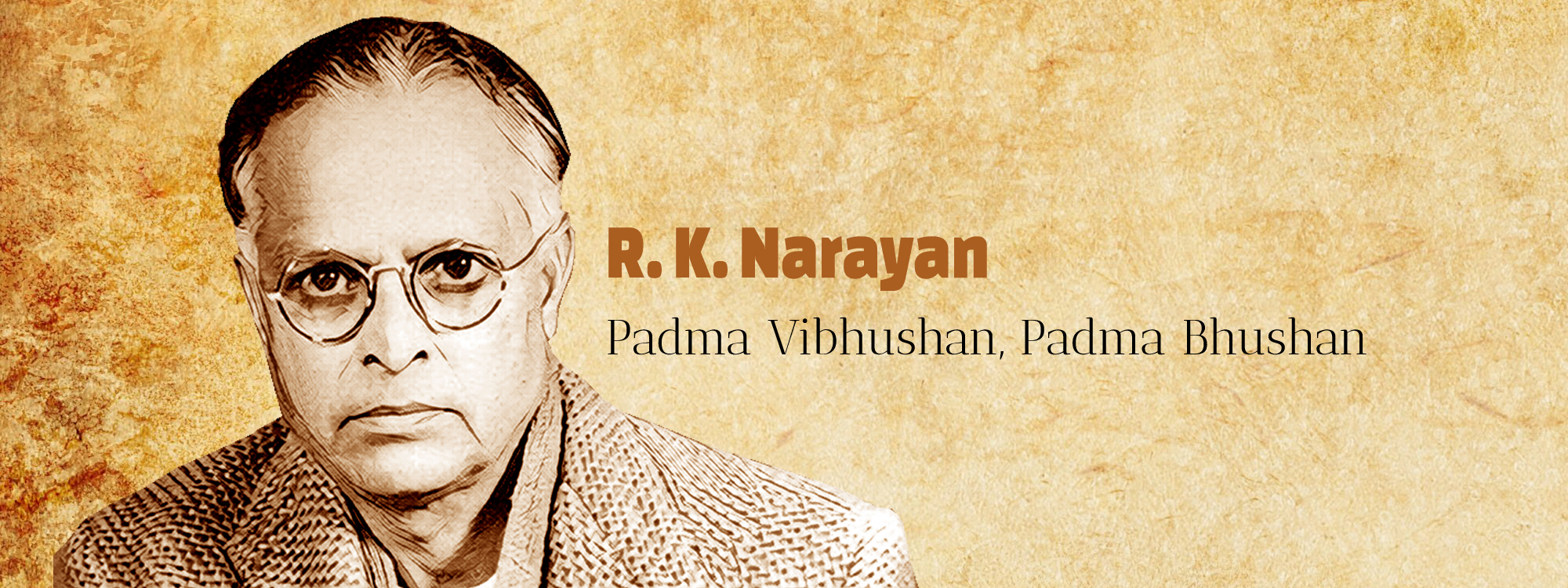Ruskin Bond is an Indian author of British descent. He lives with his adopted family in Landour, Mussoorie, India. The Indian Council for Child Education has recognised his role in the growth of children’s literature in India. He was awarded the Sahitya Academy Award in 1992 for Our Trees Still Grow in Dehra, his novel in English. He was awarded the Padma Shri in 1999 and the Padma Bhushan in 2014.
Ruskin Bond was born to Edith Clarke and Aubrey Alexander Bond, in Kasauli, Punjab States Agency, British India. His father taught English to the princesses of Jamnagar palace and Ruskin and his sister Ellen lived there till he was six. Later, Ruskin’s father joined the Royal Air Force in 1939 and Ruskin along with his mother and sister went to live at his maternal home at Dehradun.
He did his schooling from Bishop Cotton School in Shimla, from where he graduated in 1950. He won several writing competitions in the school including the Irwin Divinity Prize and the Hailey Literature Prize.
Most of his works are influenced by life in the hill stations at the foothills of the Himalayas, where he spent his childhood. His first novel, The Room On the Roof, was written when he was 17 and published when he was 21. It was partly based on his experiences at Dehradun, in his small rented room on the roof, and his friends. His earlier works were written without it being meant for any particular readership. His first children’s book, Angry River, published in the 1970s, had its writing toned down on a publisher’s request for a children’s story. On writing for children, he said, “I had a pretty lonely childhood and it helps me to understand a child better.” Bond’s work reflects his Anglo-Indian experiences and the changing political, social and cultural aspects of India, having been through colonial, postcolonial and post-independence phases of India.
Bond said that while his autobiographical work, Rain in the Mountains, was about his years spent in Mussoorie, Scenes from a Writer’s Life described his first 21 years. Scenes from a Writer’s Life focuses on Bond’s trip to England, his struggle to find a publisher for his first book The Room on the Roof and his yearning to come back to India, particularly to Doon. “It also tells a lot about my parents”, said Bond. “The book ends with the publication of my first novel and my decision to make writing my livelihood”, Bond said, adding: “Basically, it describes how I became a writer”.
Being a writer for over 50 years, Bond experimented with different genres; early works include fiction, short stories, novella with some being autobiographical. Later, he tried out non-fiction, romance and books for children. He said his favourite genres are essays and short stories. He considers himself a “visual writer” because for short stories, he first imagines it like a film and then notes it down. For an essay or travelogue, such planning is not needed for him. He feels the unexpected there makes it more exciting.





